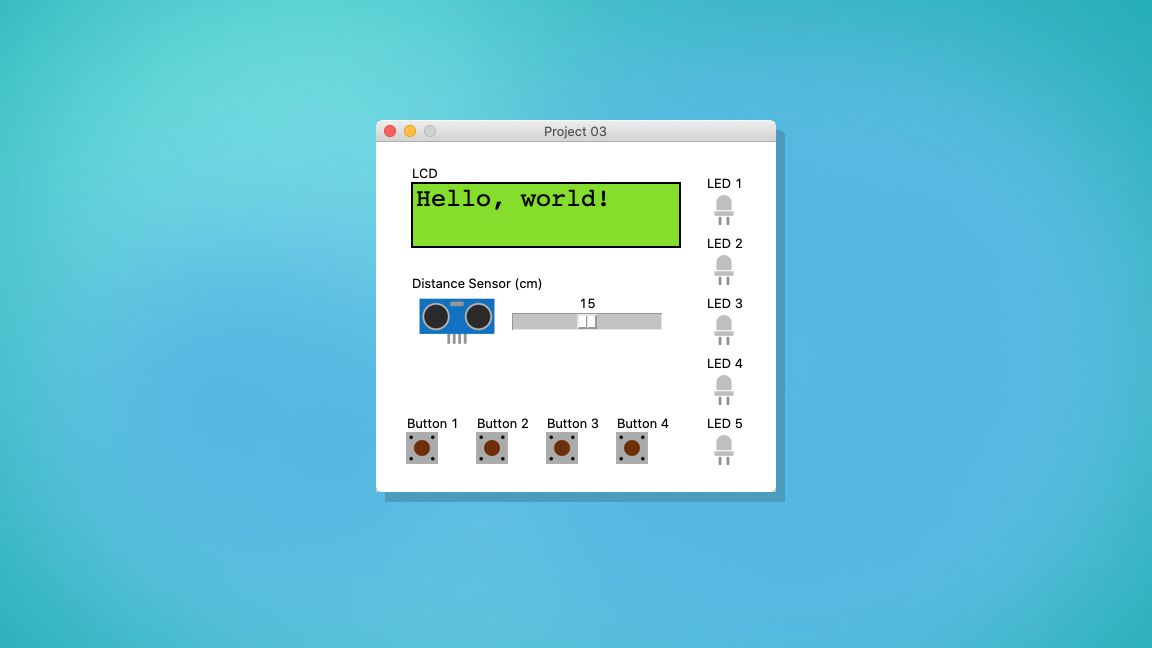
Tweak your graphicsĪssuming you’re using a standard 1920×1080 display with your Raspberry Pi, you’ll find some more demanding DOS software struggling at full resolution, particularly if you have DOSBox-X configured to use OpenGL and aspect ratio correction. conf files for specific programs to better match their requirements and automatically run commands. While our generic config file should handle most DOS software well on Raspberry Pi, you can also create separate. home/pi/dos/ directory, so be sure to change any paths if you’re using a different username or dos directory names.

This tutorial and our template config files presume you’ll keep everything in a The floppy and cd directories will house disk images which we’ll be able to switch between in DOSBox-X. Let’s create the directory structure that we’ll use to house the software we’ll run through DOSBox-X: Windows 3.x custom installation guide (optional)

It also has a sophisticated graphical interface to help you manage tasks such as configuration and virtual disk-swapping. Forked from the original DOSBox emulator, DOSBox-X has more precise hardware emulation, supports a wider range of software, and can effectively run more DOS-related operating systems (up to Windows ME).


 0 kommentar(er)
0 kommentar(er)
